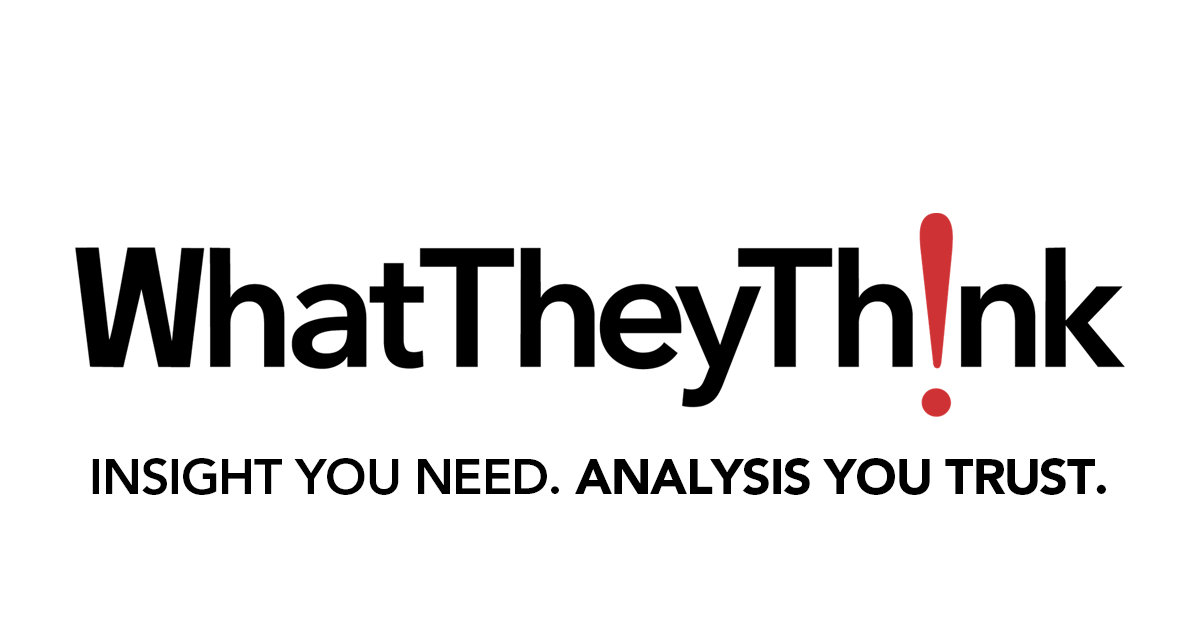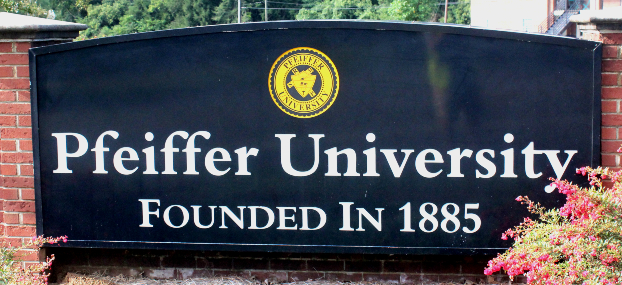Regional Printing Affiliates Release New Publication “Recruitment, Retention and Pathways to Employment in the Printing Industry”

Buffalo, New York – New Publication “Recruitment, Retention, and Pathways to Employment in the Printing Industry” Released by Regional Printing Affiliates
A group of regional printing associations has produced a new publication titled “Recruitment, Retention and Pathways to Employment in the Printing Industry”, detailing various ways in which member printers are meeting the challenge of a pool of shrinking workforce. From entry-level employees to skilled prepress, press and finishing operators, the industry has been challenged to find enough people to fuel growth and replace retiring workers.
“Recruitment, Retention and Pathways to Employment in the Printing Industry” examines this issue from several angles and provides thought-provoking commentary that should provide readers with new ideas to address their specific situations. Topics include apprenticeships, partnership programs, professional development, scholarships, and ideas every printer can embrace. There is also a section called “Friends of the Future Workforce” which provides contact information for many of the resources mentioned in the article.
“Recruitment, Retention and Pathways to Employment in the Printing Industry” was written by Patrick Henry, Managing Director of Liberty or Death Communications. Pat has covered the printing and graphic arts industry as a journalist for nearly 40 years. He holds numerous awards for his industry support of vocational training. Contact Pat at [email protected].
Read on for an excerpt from “Recruitment, Retention and Pathways to Employment in the Printing Industry”. Download the full whitepaper here.
Recruitment, Retention and Pathways to Employment in the Printing Industry
The shrinking labor force in the printing industry is a fact, and the problems it causes are more complex than it first appears. But printers are looking at the situation realistically and responding with practical solutions.
To get a clearer picture of the labor pressures printers face, a coalition of 15 regional printing trade associations participated in a survey that had two purposes: to assess the impact of unfilled jobs on industry; and identify ways in which companies can solve the problems that employment gaps cause them.
The October 2021 report, “Labour Shortages: Its Effects and Effective Related Practices”, is part of a series of Printing Industry Performance and Outlook (PIPI) reports sponsored by the coalition. It was prepared by Dr. Ralph Williams Jr. and Dr. Tim Moake of Middle Tennessee State University (MTSU), where both are professors of management at Jones College of Business.
The conclusions were clear. Nearly 70% of survey respondents said labor shortages had affected their businesses. At their companies, staff turnover from all causes averaged 14%. More tellingly, employers reported that, on average, they were unable to fill 36% of their vacancies for more than a year.
Williams served as president of three printing companies before entering academia. He says that during his career in the private sector, “we never had this kind of problem” with employment. Times have clearly changed since then. He says, for example, that a friend of his who runs a business with 15 employees recently experienced 50% turnover. “It’s unheard of for them,” said Williams.
Necessary experience
But not for other printers who feel the same pinch in their own way. Thomas J. Majerski, president of BNP Empowered Printing in Buffalo, NY, oversees a heatset web offset operation that specializes in making high-speed, long-run prints. In such a company, says Majerski, “lack of printing experience is always a problem. One of our biggest challenges is trying to find people with this type of experience.
“Where we have the most difficulty is at the top level: the real pressmen and the men in charge. This is really where we need qualified people, and it takes years to develop and get to that level.
The pool of talent available is “certainly not what it used to be,” Majerski acknowledges. “While the number of print shops is decreasing, it’s still a huge challenge.” Finding people willing to work in a form of manufacturing like printing makes the challenge even more difficult.
“We don’t live in a society anymore where people really want to roll up their sleeves,” Majerski observes. “It’s a dirty environment. It’s a noisy environment. The hours are long and it is physically strenuous work.
When asked if there are any open positions at the BNP now, Majerski replies: “A lot. We are desperate for people.
In Tinton Falls, NJ, Bill Duerr is president of Hatteras, a three-team commercial printing company that expands into packaging. He, too, faces obstacles when it comes to filling vacancies for skilled jobs.
Shallow part of the pool
“We’re not geographically close to our competitors, so it’s not like there’s a pool of talent we can tap into,” Duerr notes. This means doubling up on “home training” for folding, gluing, cutting and related tasks. “Machine operators who have the skills to set up complex work – that’s a tough position to fill right now, especially on second or third shifts. It’s really hard for us to find these people.
Printers understand the competition they face for labor of all types, and they have found that traditional methods of recruiting – classified ads, trade schools, poaching from other employers – no longer exist. or are not suitable for the current task. . So they are turning to more creative ways to fill their employment gaps and leverage their talents. The full story of these efforts can be read here.
Participating organizations include:
Printing Industries Alliance
Graphic Arts Association
Midwest Printing Industry
Southern California PIA
PIA San Diego
Visual Media Alliance
New England Printing Industries
Southern PIA
MidAtlantic Printing and Graphics Association
Carolinas Printing Industry
Graphic Media Alliance
Great Lakes Graphic Association
MidAmerica PIA
Georgia Printing and Imaging Association
Print Media Association
For more information on this critical issue, contact one of the organizations referenced above.






